Serial production – the key feature of standardized industrial products, which are produced in bulk, in large quantities and are intended for a wide range of industrial sectors or for mass consumption.
Of course, these can be different types of materials, parts, components, tools, motors, equipment, machinery or cars, for example.
To differentiate themselves in the global market, businesses of this rank must secure a virtual business card by investing in professional, high-quality images that document the production process, demonstrate technology, equipment and, above all, bring to light everything that distinguishes their final product.
Product images in industrial design most accurately tell the history of the business and have the ability to highlight the positive features of the company. There is no doubt that creative images of industrial products provide advertising campaigns, social media and are extremely necessary for the creation of adequate content in the websites of companies.
What you need to know about the basic techniques, techniques and tricks in the realization of product photography in industrial design?
Let’s first consider what stages product photography encompasses in industrial design. Generally speaking, these are a few basic aspects – documenting the production processes, the production space, the final products and the people who work.
The concept of demonstrating the stages and subtleties in the production process will inevitably require a direct photo, in a work environment. Of course, this poses quite a few challenges to the photographer and his organization. Therefore, the correct assessment of the situation and compliance with all conditions is key to the implementation of this type of project.
To meet the requirements of most industries and offer high quality photography you will need to have fully mobile studio equipment. Most of the engineering and production products are large and heavy and it is almost impossible to shoot in a studio .
It is often necessary to photograph assembly and assembly lines in plants and factories. Sometimes this can be a really complicated task. For example, you may not be able to control existing lighting.
The space is likely to limit the convenient positioning of the camera, the range of the viewpoint or photos from different angles, as well as the placement of additional lighting, reflectors, etc. On the other hand, you often have to take close-up photos with tools or installations while working, and this can be dangerous.
To be able to cover all these technical challenges, it will be essential for you, as an industrial photographer, to explore the area and location. Get acquainted in advance with the whole process of work.
Before starting the photo session, check that the machines and equipment are in good condition. Ask for additional information or safety instructions. You need to make a detailed plan for your work that justifies the purpose of the photos .
Have a clear idea of the whole process, the individual stages, scenes, points of view and be aware of the most important details to emphasize. In a dynamic scene, with many elements that can be distracting, pay attention to perspective.
Turn on interesting angles by moving the camera by raising it high or lowering it to the floor. Try different shots – wider, closer or something in between. To add depth to the frame you will need to experiment by adjusting the exposure to the surrounding light or adding more light.
The experienced industrial photographer always wears several different lenses, as well as at least two cameras. This is especially useful when shooting videos. Nowadays, GoPro cameras , which provide many additional frames, are also widely used in this direction.
In addition, having the right zoom lenses will give you more flexibility, make it easier to adjust the settings to your subject, as well as to the larger space you may need to cover.
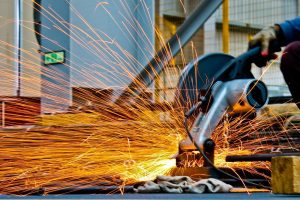
Photo: Elprom Harmanli
To recreate reality, add context. Demonstrate the product while it is still in production or focus on what sets its design apart from others like it. For more variety take pictures of the technique used to create it.
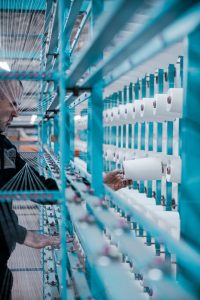
Photo: Oğuzhan KARACA / Pexels
The white background is perfect for the final product and its presentation on the company’s website. Of course, it is suitable for smaller parts, components, some machines or equipment.
Take for example different types of electric motors and motors, which are mass-produced – for household appliances such as refrigerators, washing machines, mowers and other appliances.
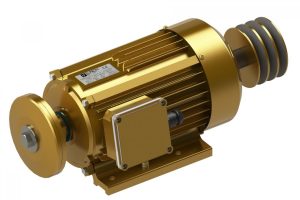
Photo: Elprom Harmanli
Product frames on a white background can be easily included in a number of marketing applications and advertising concepts, as well as in catalogs. A good addition would be extreme close-up of a specific action – drilling a hole, gluing, soldering and more.
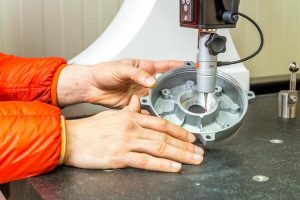
Photo: Elprom Harmanli

Photo: Elprom Harmanli
Try to make a variety of shots, by including workers in the foreground. Complement with footage from the technological process, emphasize various details and do not forget a general panoramic plan of the whole space, be it the factory or the factory.
Here is a very interesting example of the Swiss artist Fabian Jöfner for the more creative of you. He presents the objects by deconstructing large-scale models and photographing the components in exact position – thus creating the illusion of a disassembled and dismantled car.
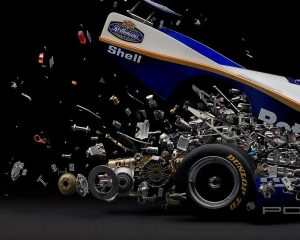
Photo: Fabian Yofner
I’ve always been fascinated by the clean, fresh look of 3D visualizations, “says Jofner. ” So I tried to use that kind of aesthetics and combine it with the power of real photography.”
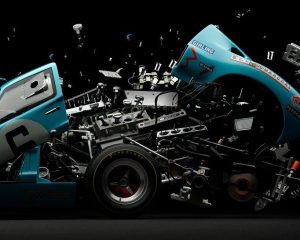
Photo: Fabian Yofner
To create these magnetic images , Jofner initially formed a sketch where he decided the location of each of the parts. Then, disassemble the model – more than a thousand components, placing each piece separately using fine needles and pieces of twine.
After carefully determining the angle for each frame, Yofner took thousands of pictures of the individual parts of the car . Finally, in post-production, these images are combined together to create a single frame.
And while we are on the automotive topic, we must note that one of the most popular industries in mechanical engineering in the world is the automotive industry . Last year alone, almost 78 million motor vehicles were produced. Imagine how many parts, components, engines, etc. are needed to secure all this.
In the top 10 of the largest manufacturing companies in the world, in the first place is the world-famous, multinational car manufacturing company, Volkswagen Group.
The group, founded in 1976, manufactures a myriad of products ranging from cars, commercial vehicles, internal combustion engines, motorcycles, luxury cars and turbomachines. It is the largest car manufacturer in Europe.
Includes twelve brands from seven European countries:
- Volkswagen (Passenger cars)
- Audi
- SEAT
- DAMAGE
- Bentley
- Bugatti
- Lamborghini
- Porsche
- Ducati
- Volkswagen Commercial Vehicles
- Scania and MAN
Each brand has its own character and functions as an independent entity in the market. The Group operates 118 manufacturing facilities in 20 European countries and another 10 countries in America, Asia and Africa.
And of course, every manufacturing company has its own website. We choose to take a look at Volkswagen’s plants in Poland and analyze some of the product staff they have presented.
Let’s start with the fact that each individual division of the company in Poland has an overview of the specific plant.
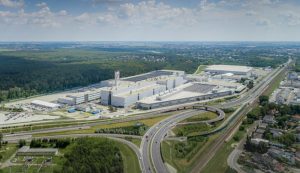
Photo: volkswagen
We get an idea of the scale of one of the companies with staff from the interior.
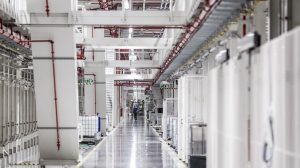
Photo: volkswagen
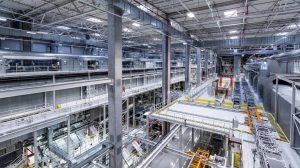
Photo: volkswagen
Looking at the website in more detail, we find many shots of the production processes.
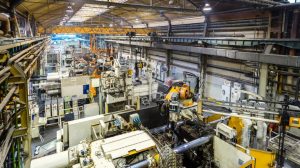
Photo: volkswagen
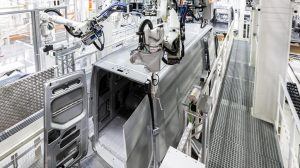
Photo: volkswagen
We manage to trace a large part of production and feel its dynamics.
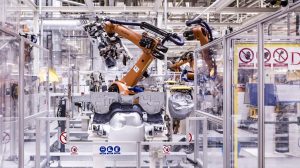
Photo: volkswagen
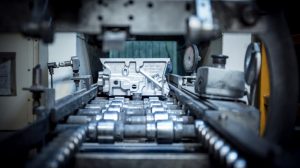
Photo: volkswagen
We also see workers caught in the act.
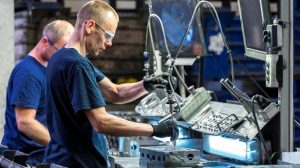
Photo: volkswagen
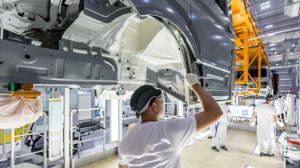
Photo: volkswagen
Good presentation with product images is also made of individual components of the final product.
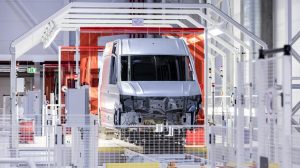
Photo: volkswagen
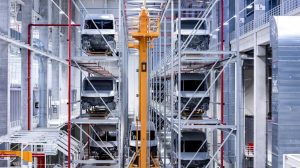
Photo: volkswagen
Detailed parts with close-ups are highlighted.
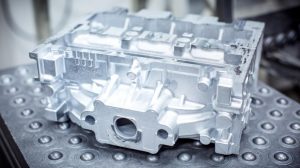
Photo: volkswagen
And of course, finally the hero of the whole process.
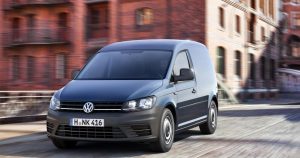
Photo: volkswagen
